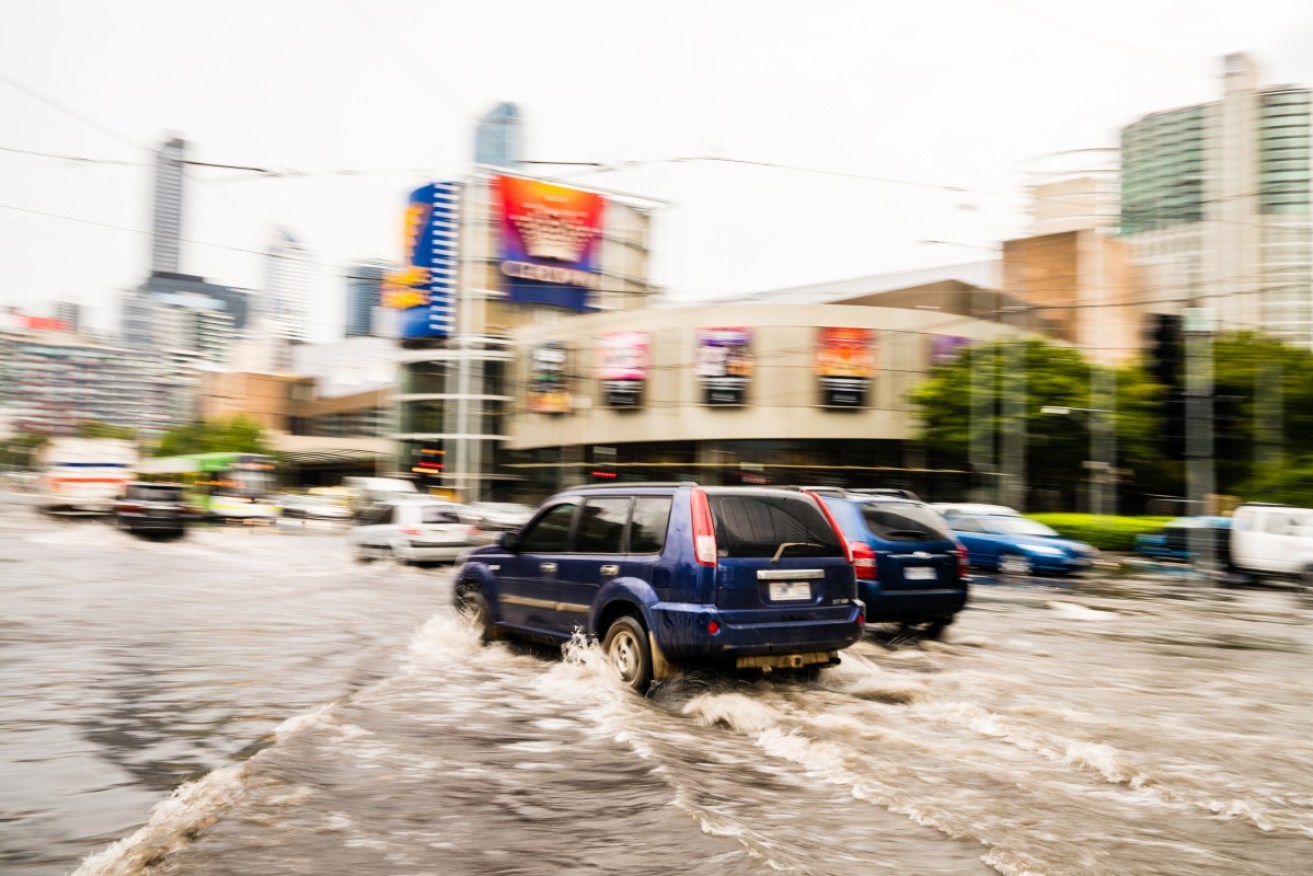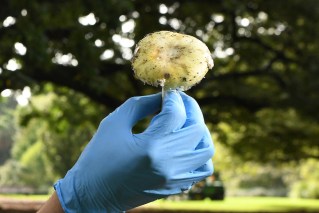A surge in ‘extreme rainstorms’ is coming, new report warns


Despite getting more arid, rising humidity will cause more rainstorms across Australia. Photo: Getty
Australia’s risk of extreme rainstorms and floods is expected to increase by at least 10 per cent for every 1°C rise in global temperature – much faster than previously predicted.
However, this estimate could be as high as anywhere between 22.6 and 60 per cent when factoring for a rise in global temperature of 4°C.
These estimates, reported in a new study in the scientific journal Nature Climate Change, are based on a comprehensive analysis of climate models by Australian researchers at the ARC Centre of Excellence for Climate System Sciences at the University of New South Wales.
Professor Steven Sherwood, one of the co-authors, told The New Daily that he and his colleagues set out to reconcile the “puzzling” results of earlier studies, some of which predicted far less of an increase in extreme rainstorms.
Their computer modelling “clarified that yes, we do expect strong increases in the future in the heavy rains that you’ll get under extreme events”, Professor Sherwood said.

An abnormally large amount of rain on Uluru recently received international news coverage.
His team, including PhD student Jiawei Bao, found that even though Australia is expected to become more arid in the decades to come, we can still expect to see heavy rains intensify by about 10 per cent for every 1°C of global temperature rise.
“That’s a bit higher than most people have been suggesting, it’s higher than a lot of other studies have shown.”
Professor Sherwood said these changes are connected to what happens to humidity levels near the land surface, which is “a good indicator of overall climate aridity or dryness”.
“So if that humidity increased a little less, that would mitigate the increase in extreme precipitation but on the other hand it would then mean that your climate’s getting drier and more drought-prone.”
The researchers wrote that there will be a “trade-off between a more arid climate or one with strong increases in precipitation”.
Associate Professor Seth Westra, an expert in hydrological modelling from the University of Adelaide, whose own research has shown substantial increases in extreme rainfall across the world, explains that these dual arid and wet conditions complement one another.
“The long-term drying of Australia seems to be occurring in parallel with an increase in how intense the heaviest rainfall events are happening – it’s not a contradiction, it’s basically two features that are happening side-by-side,” he told The New Daily.
Associate Professor Westra also stressed that studies such as this are important because they help to inform how we can prepare for future flooding events.

Expect more of these ominous rain clouds. Photo: Getty
“If we think about how me manage our floods, we’re talking hundreds of millions of dollars annually in terms of the cost of flooding to Australia.”
For example, the total economic cost of the 2010-11 Brisbane and Queensland floods is estimated to be around $14.1 billion (in 2015 dollars), with $6.7 billion in tangible impacts and $7.4 billion in intangible social costs.
“Future floods could cost the nation billions of dollars … and it’s not just about money, it’s about potential fatalities, significant social and economic disruption,” Associate Professor Westra said.
“Australia is very much a country that is vulnerable to floods and if they become more intense in the future that’s only going to compound the sort of challenges that we have to deal with.”








